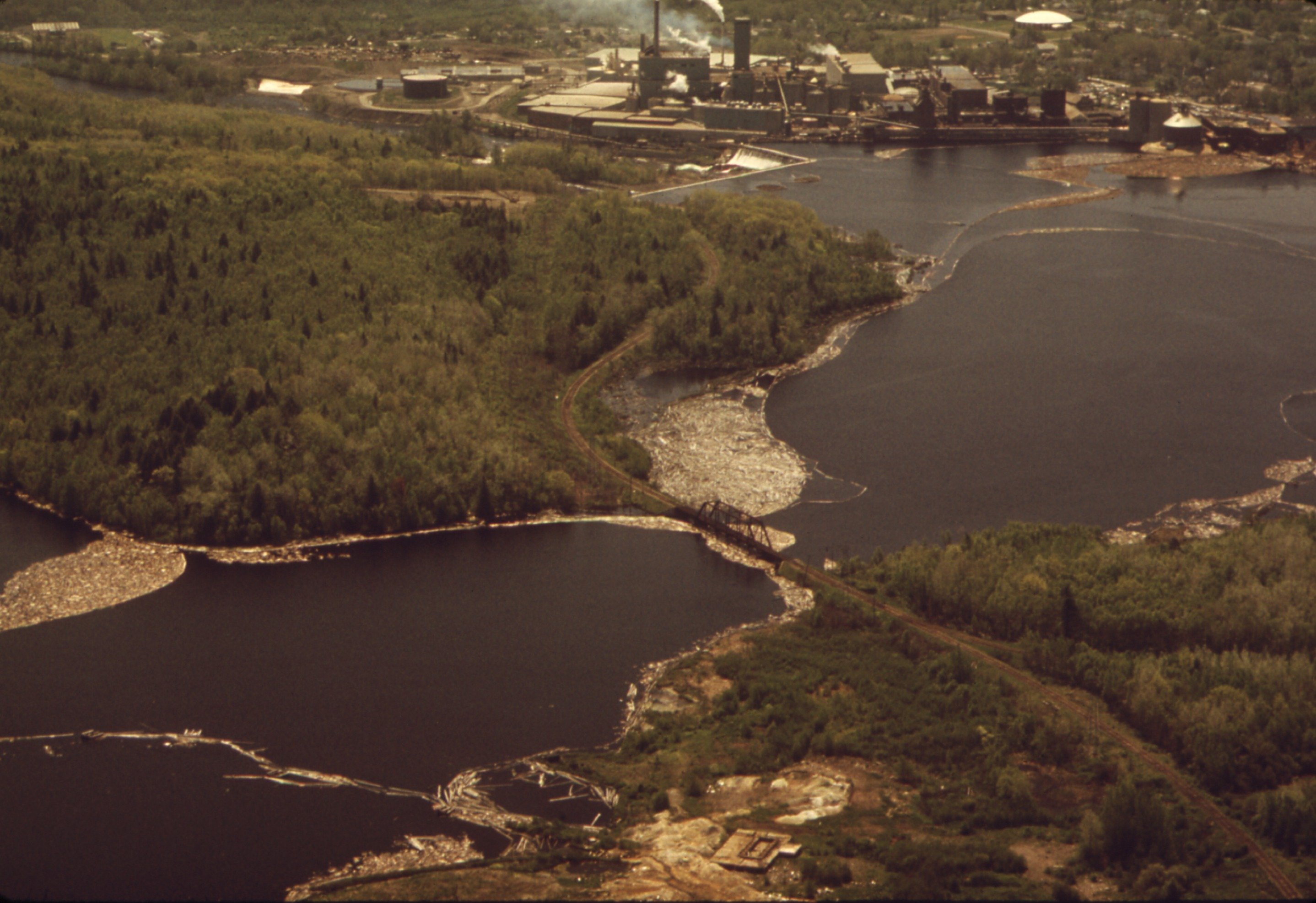Paper is made in two steps:
- Cellulose fibers are extracted from a variety of sources and converted to pulp.
- Pulp is combined with water and placed on a paper making machine where it is flattened, dried, and cut into sheets and rolls.
Where Does Paper Pulp Come From?
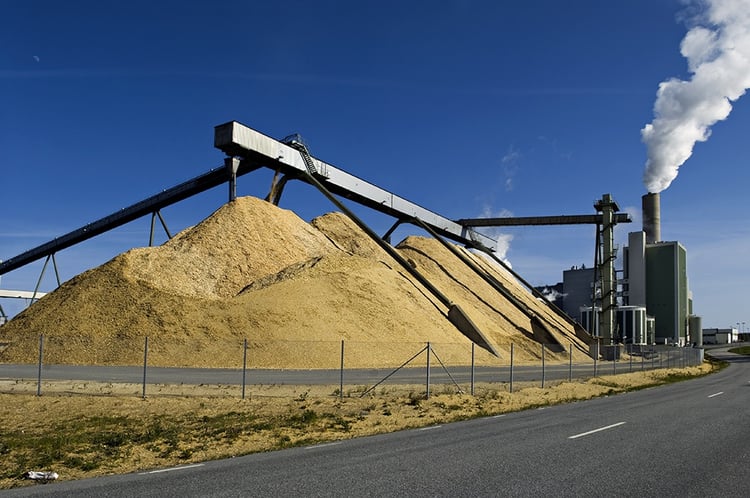
Forestry Products
Most paper is made from forestry products, usually trees. The most common of trees that paper comes from are:
- Spruce
- Pine
- Fir
- Larch
- Hemlock
- Eucalyptus
- Aspen
- Birch
In most cases, the best parts of these trees are used for construction, and less desirable portions are used in pulp.
Cotton & Other Natural Fibers
Natural fibers such as cotton are used in some cases because its fibers are very strong. This makes it an excellent choice for documents that may need to be archived. This strength, combined with its unique feel is why cotton paper is popular for letterhead and other corporate stationary products.
Recycled Fibers
Many papers include different types of recycled content. These include:
- Pre Consumer Waste (paper waste from the paper manufacturing and printing processes)
- Post Consumer Waste (paper waste that has already touched a consumer, like a recycled newspaper)
- Sawdust
How is Paper Pulp Made?
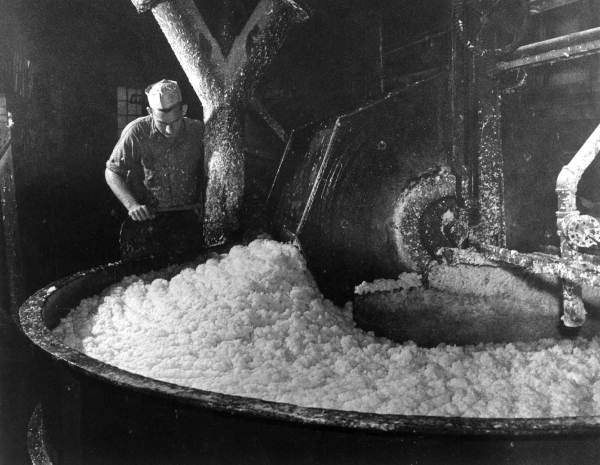
Although many fibers were mentioned above, forestry products (logs from trees) are the source of most fiber in paper pulp. There are three main components, which must all be separated to make pulp.
- Bark
- Fiber
- Lignin
The bark protects the fibers of the log, which are held together by lignin. The goal is to extract the fibers, and this is accomplished either using a chemical or mechanical process.
Paper mills all work a little bit differently, so please keep in mind that these are generalizations
What is Mechanical Pulp?
Since most paper starts as logs, there is a significant amount of bark. Bark does not work well for making paper, so the first step in the mechanical pulping process is to remove the bark from the logs. This excess material becomes a biomass energy source to help power the paper mill.
In most processes, the logs are ground up using a giant machine containing a rotating disk and a fixed steel plate. Usually, heat and chemicals are used to aid in this process.
Due to the "brute force" nature of mechanical pulping, both whole and partial fibers are created. In addition, the lignin is not removed from the paper. This gives the paper a grey-yellow color.
Papers made from mechanical pulp, are also known as "groundwood" papers.
The mechanical pulping process uses significantly more energy than is produced by the biomass power generated by the bark. The benefit however, is there is very little waste as nearly 95% of the raw material is able to be converted to pulp.
Papers made from mechanical pulps are also known as "groundwood fiber papers" and are typically very cost effective. An example of this type of paper is newsprint.
What is Chemical Pulp?
Like mechanical pulp, the process begins with whole logs. These logs are cut into small chunks of wood that are about 1/2" to 1" long, and 1/4" to 1/2" thick. This is done with a large scale version of the the wood chippers that landscaping companies use.
The wood chips are placed into a giant machine that combines them with really hot water and chemicals. This helps remove air pockets so that the chips will break down into fibers more easily.
Next, the wood chip and chemical mixture is moved into a pressure cooker. The wood chips spend about two hours at nearly 350 degrees farenheit. The combination of steam, chemicals, and pressure causes the chips to desintegrate. This leaves wood fibers, and a liquid called "black liquor."
In the next step, the black liquor is removed. The remaining fiber is cleaned in a variety of ways and sometimes bleached to ensure purity.
The majority of the waste in the process is black liquor - but these facilities typically operate in a "closed loop" system. The inorganics (chemicals) are recovered and re-used for the next batch of paper, while the remainder of the liquid (natural biomass) is converted to energy to operate the plant. In most cases, these more power is generated than is needed, so this creates an environmentally friendly power source for local communities.
Papers made from chemical pulp are usually brighter, smoother, and higher quality than their mechanically pulped counterparts.
How Does a Paper Making Machine Work?
| By Egmason - Own work, CC BY 3.0, https://commons.wikimedia.org/w/index.php?curid=10482160 |
Paper machines are comprised of 4 primary sections. These are:
- Wet End
- Wet Press Section
- Dryer Section
- Calender Section
The primary purpose is to take wet fibers, press them together, dry them, and then make them smooth.
Here is more detail on each one of these steps:
Wet End
Pulp is mixed with water as well as additional fillers and additives and then pumped onto a belt. This belt is typically made of a mesh that encourages all of the fibers to go in one direction. Much like wood, paper has a grain direction. The orentation of the fibers on this belt dictates the "grain direction" of the paper.
This section of the paper making machine has at least one roller to push the fibers onto the belt to help make sure that the paper grain goes in the right direction.
Wet Press Section
In the "Wet Press Section," the pulp moves off of the mesh belt onto a felt belt. While the felt used to be made of wool, these days synthetics are more normal. The pulp moves through a series of high pressure rollers designed to push the liquid into the felt.
As the felt rotates, it will go through its own drying station to remove moisture.
Dryer Section
Once the pulp enters the "Dryer Section," it has started to take the shape of paper. This part of the machine weaves the web of paper through a series of heated rollers. Felt belts are also used in this part of the machine to give the moisture in the paper somewhere to go.
Calender Section
The last part of the machine is called the "Calendar Section." It uses rollers mounted opposite of each other to put pressure on the paper and create a smooth finish. The more of these rollers there are, the smoother the paper will be.
How Do Paper Mills Make Paper Glossy?
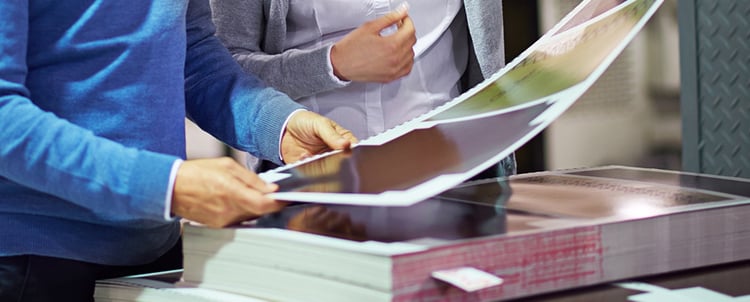
There are several ways to make paper glossy. These include supercalendering and coatings. Supercalendaring is used to add gloss to less expensive papers made from mechanical pulp, while coatings are used to add brightness and shine to higher quality stocks.
How Does Coated Paper Get Coated?
| By Egmason - Own work, CC BY 3.0, https://commons.wikimedia.org/w/index.php?curid=10482160 |
China clay as well as synthetic materials are often added to papers in order to make them glossy. This is done between the "wet-press" section and the "drying" section.
Not all coatings add gloss. Coatings also allow papers to be used in a variety of production processes, resist moisture, and many other scenarios.
What's a Supercalendered Paper?
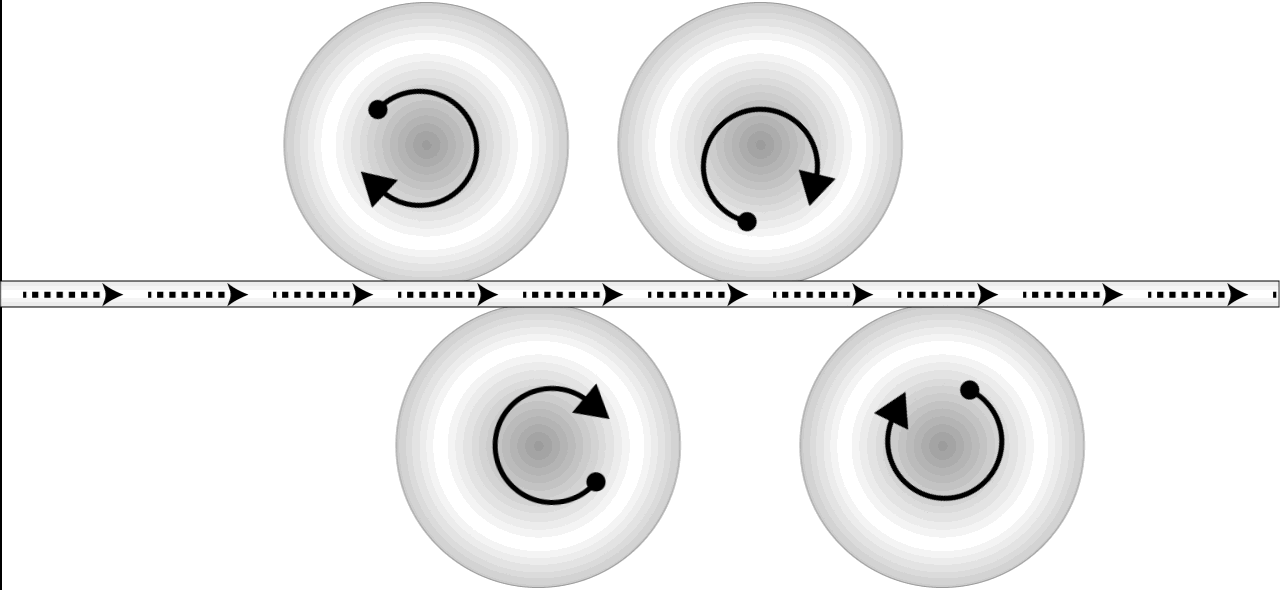
The final section in a paper machine is the "Calender Section." This is where paper goes through a series of rollers that squeese the paper to make it really flat. What makes a paper "supercalendared" are a series of chrome rollers that spin faster than the paper is moving. If you can think of these rollers as tires on a car, and the paper as a road, then the rollers are doing a "burn out" on the paper.
I hope you enjoyed learning how paper is made. If you enjoyed this article, you could also read our other informative articles about paper:
- What's the History of Paper?
- How do Paper Weights Work?
- How to Choose the Right Paper for Your Printing Job
Or if you want to talk to our professional team of experts about what paper choice would be a good fit for your next print project, go ahead and hit that bog "Talk to an Expert" button below.

